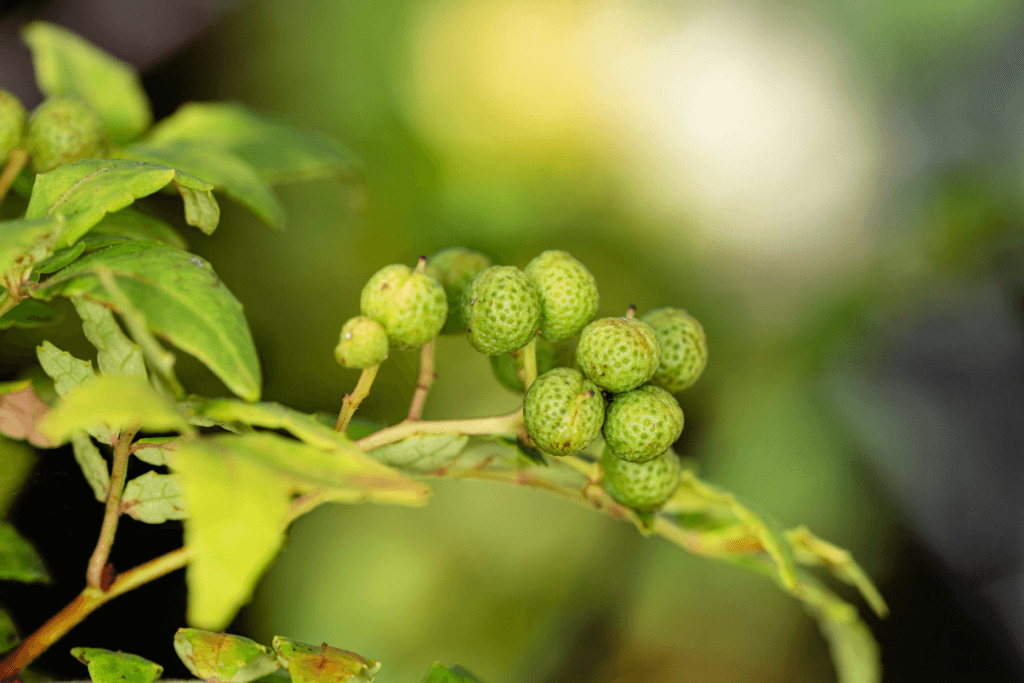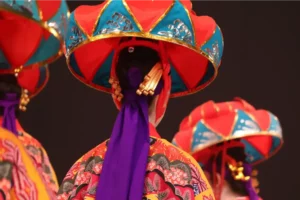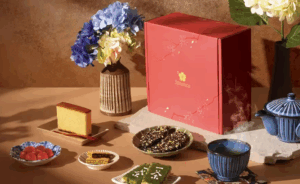Sansho pepper (Zanthoxylum piperitum), or Japanese prickly ash, is a spice that has played a significant role in Japanese cuisine for centuries. Due to its resemblance to grapes, some people even call it budo (grape) sansho. But where did this unique and aromatic pepper come from? Let’s delve into the fascinating history of sansho pepper to discover its origins.
Table of Contents
ToggleWhere did the sansho pepper come from?
The story of sansho pepper goes back more than 2,000 years in ancient China. It became an essential spice in Chinese culture for both cooking and medicine. In China, it’s called “huājiāo” (花椒). Chinese cooks loved huājiāo because it gave a unique tingly and numbing feeling in the mouth, which they called “málà.”
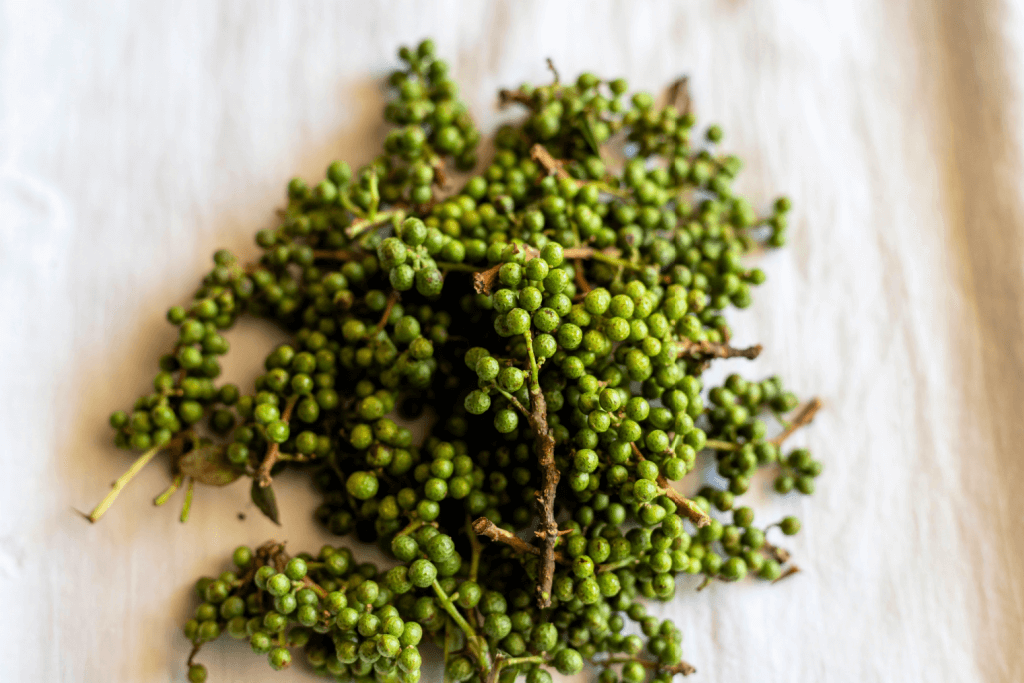
Its exceptional quality made it popular in famous dishes like Sichuan hotpot and Mapo tofu. People in China also believed that huājiāo had health benefits, so they used it to help with different health problems. But the story of this spice continued in Japan. Its spice journey shows how important spices have been in shaping the way people cook and the cultures they create, even across different countries.
What Japanese dishes use this spice?
Sansho pepper is favored in Japanese cuisine for its fruity and astringent flavor, reminiscent of Sichuan peppercorns from China. It’s particularly well-suited for enhancing the taste of meat and fish dishes. It belongs to the citrus family alongside mikan (Mandarin oranges) and yuzu, creating delightful pairings. Here are some more specific Japanese dishes that use the spice:
Nabemono (Hot Pot)
Nabemono, a beloved type of hot pot in Japan, pairs perfectly with the fragrant sansho pepper. This spice has a strong citrus flavor, making the communal dining experience of nabemono even better. Sansho pepper makes the broths in nabemono more flavorful and aromatic. When people dip vegetables, meat, seafood, and tofu into the simmering broth, the sansho pepper gives a delightful tingling feeling, making the meal unique and exciting.

Popular nabemono dishes such as sukiyaki, shabu-shabu, and yosenabe frequently include sansho pepper, a key element in the hot pot tradition. This fusion of nabemono and sansho pepper embodies the essence of Japanese cuisine. Here, flavor, texture, and communal dining create memorable, heartwarming meals. It shows how spices can make traditional Japanese dishes even more exciting and delicious.
Gyutan (Beef Tongue)
Gyutan is a unique Japanese dish made from grilled beef tongue, and it goes well with the aromatic sansho pepper. This spice has a citrusy and slightly numbing taste, adding a unique flavor to the already tasty beef tongue. Also, people who love gyutan appreciate how sansho pepper makes this dish even better in two important ways.
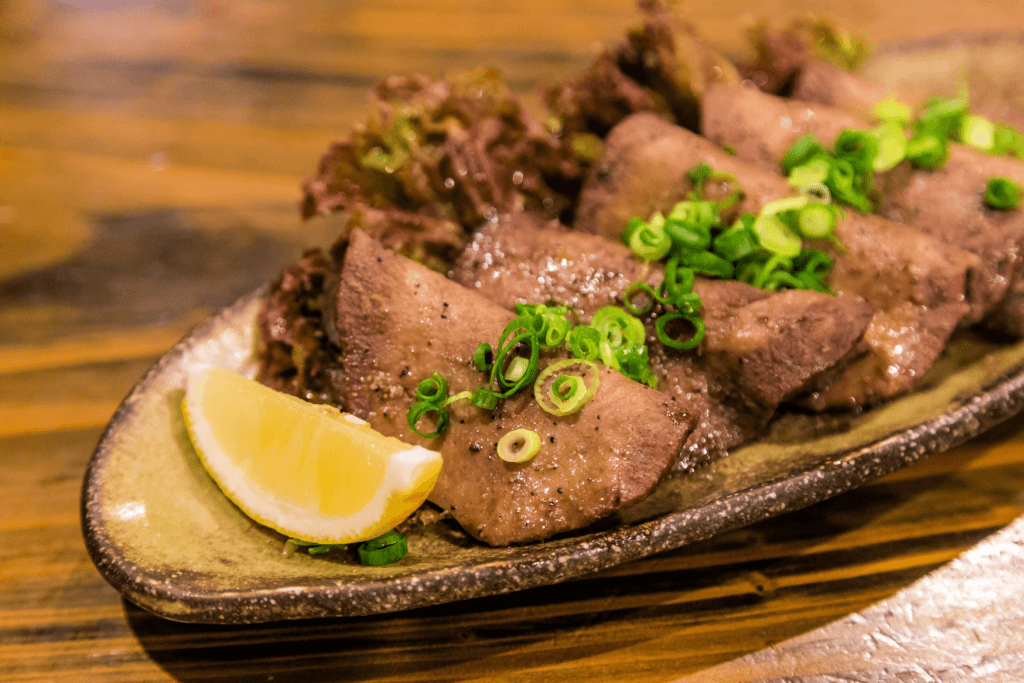
Firstly, the citrus notes of sansho pepper mix well with the smoky grilled meat, making it a tasty treat for your senses. Also, the slight numbing feeling from the spice gives an exciting contrast to the tender meat, making every bite a flavorful adventure.
Seeing this spice in gyutan shows how this spice can be used differently in Japanese cooking. Whether you eat it at a unique gyutan restaurant or make it at home, combining gyutan and sansho pepper highlights how Japanese chefs blend old traditions. Overall, it shows us that even simple dishes like gyutan can become extraordinary with the right spice.
Are you interested in enjoying even more Japanese cuisine? Check out Sakuraco! Sakuraco delivers traditional Japanese snacks, sweets, tableware, and more from local Japanese makers right to your door, perfect for a pleasant snack time at home!
Yakitori (Grilled Chicken Skewers)
Yakitori, a well-loved Japanese dish of skewered and grilled chicken, becomes even more delightful when combined with the aromatic sansho pepper. This spice has a unique flavor – it carries a subtle citrusy note and leaves a gentle tingle on your palate. To be more specific, sansho pepper enhances yakitori in two exciting ways.

It imparts a beautiful aroma and taste to the succulent chicken. As the juicy chicken cooks over the hot charcoal, the citrusy essence of the sansho pepper harmonizes with the smoky char, creating a delicious sensory experience. Additionally, the slight tingly sensation from the sansho pepper adds an intriguing element to the flavorful chicken, making each skewer a culinary adventure.
Additionally, yakitori with sansho pepper showcases the versatility of this spice in Japanese cuisine. Whether enjoyed at a street-side food stall or a traditional izakaya, yakitori enthusiasts appreciate how the flavors and textures can blend harmoniously. This combination highlights that even simple dishes like yakitori can transform into something extraordinary when adding the right spice. It demonstrates how Japanese chefs seamlessly merge age-old traditions with innovative ideas to craft exceptional meals.
Unagi (Grilled Eel)
Unagi, a delicious dish of grilled eel, gets even better when paired with the aromatic sansho pepper. Usually, this special spice is known for its citrusy and slightly numbing taste, and it adds something exceptional to unagi in two different ways. As the eel cooks on the grill, the citrusy flavors mix with the rich, smoky essence, creating a delightful experience for your senses.
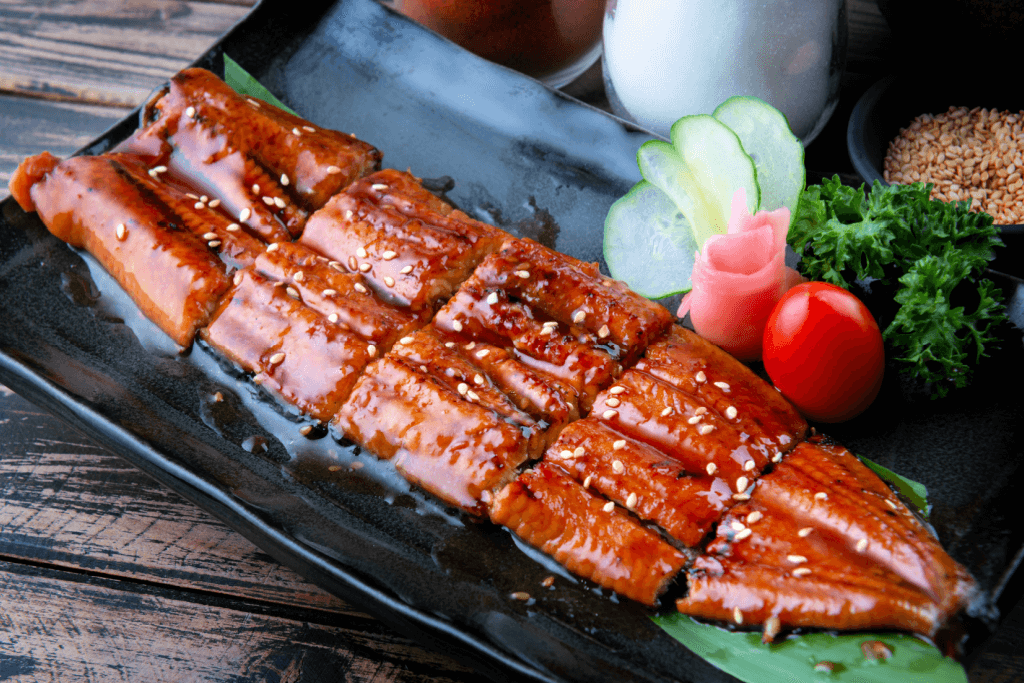
Combining unagi and sansho pepper shows how this spice can be used differently in Japanese cooking. This fusion of tradition and innovation elevates dishes like unagi, whether at a top unagi restaurant or in your kitchen. It’s a reminder that even grilled fish, like unagi, can reach new heights with the right seasoning.
Sushi and Sashimi
Sushi and sashimi, two renowned dishes in Japanese cuisine, utilize the aromatic sansho pepper to enhance their flavors. Not to mention, this spice boasts a distinctive citrusy taste with a subtle tingling sensation, elevating sushi and sashimi in two unique ways.

The sansho pepper serves as a flavorful garnish, enhancing the dining experience with each bite. Gently sprinkled over raw fish slices, it blends with the seafood’s freshness, creating a flavorful harmony. Its subtle tingling effect awakens the taste buds, enhancing the appreciation of the pure flavors of the raw ingredients.
Why should I try budo sansho?
You should try budo sansho because it has a unique and captivating flavor. It combines citrusy notes with a subtle, tingling feeling in your mouth. This spice is versatile, so you can use it in various cuisines like Japanese and Chinese, making your cooking adventures more exciting. Moreover, trying budo sansho also gives you a glimpse into the rich culinary traditions of East Asia, adding cultural depth to your culinary journey.
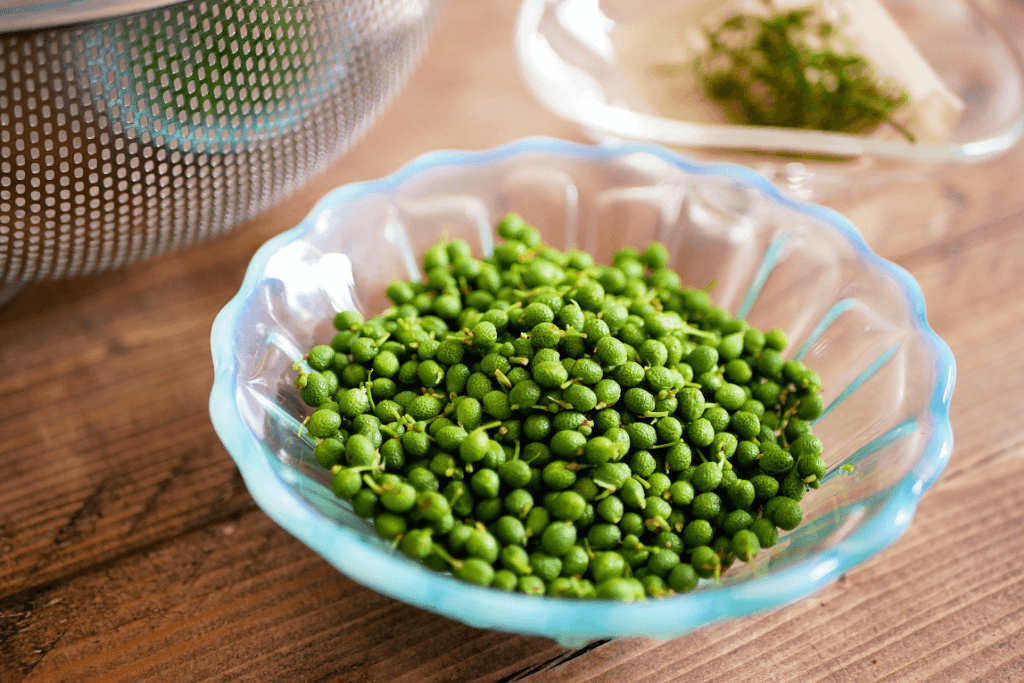
Besides its taste, budo sansho might have health benefits, like helping with digestion and antibacterial properties. The tingling and numbing sensation can make your meals more interesting by waking up your taste buds and improving your dining experience.
When you add budo sansho to your recipes, it not only improves the flavors of your dishes but also encourages your inner chef to get creative. You can discover new flavor combinations and try innovative recipes that can make your cooking skills shine. Have you ever given budo sansho a try? Share your thoughts and experiences with this fascinating spice by commenting below!


